Modern cars are made up of a countless number of parts and accessories. To the average driver, getting a handle on all of these components can seem like a daunting task.
To make life easier, we’ve put together an essential car parts names list with corresponding photos. While this list is far from all-inclusive, it does contain the most important components that every driver should know.

The Essential Car Parts List With Pictures
Cars contain many systems—from the engine to the brakes—that work together to get you down the road safely and comfortably. And each of these systems is made up of many different components.

Whether you plan on working on your car yourself or taking it to a repair shop, it’s helpful to be familiar with the fundamental automotive systems and parts listed below.

Engine
Your car’s engine is a complex assembly that uses energy from the combustion of air and fuel to create mechanical motion. The rotational force from the engine is transferred to the vehicle’s drive wheels to set things in motion.
All internal combustion engines have these key components:

Engine Block
The engine block is a cast iron or aluminum casting that houses the cylinders, piston assemblies, crankshaft, and (in some cases) the camshaft. Basically, the block acts as a frame or foundation for the rest of the engine components.

Cylinder Head (s)
All engines have one or more cylinder heads. Engines with a ‘V’ or flat configuration have two cylinder heads, whereas engines with an inline or straight configuration have one.
The cylinder head seals the tops of the cylinders inside the engine block. Also, the head contains the valves, which allow the air/fuel mixture to enter the engine and exhaust gases to exit. In some cases, the camshaft (s) are also housed in the cylinder head.

Camshaft (s)
The camshaft is a rotating assembly that opens and closes the engine’s valves. Some engines have an overhead camshaft (OHC) design that houses the camshaft in the cylinder head. Others have an overhead valve (OHV) setup with the camshaft in the engine block.
Also, some engines have two camshafts—one for the intake valves and one for the exhaust valves—housed in the cylinder head. This is referred to as a dual overhead camshaft (DOHC) configuration.

Piston and Connecting Rod Assemblies
There is one piston and connecting rod assembly for each of the engine’s cylinders. The piston assemblies move up and down during the four-stroke engine cycle. As a result, the crankshaft, which is connected to the piston assemblies, is forced to turn.

Crankshaft
Like the camshaft, the crankshaft is a rotating assembly inside of the engine. The crankshaft is connected to the pistons and connecting rods.
During the combustion process, the pistons move up and down in the cylinders, forcing the crankshaft to rotate. In this way, the crankshaft converts the linear motion of the pistons into the rotational force needed to propel the vehicle down the road.

Timing belt or timing chain
All engines have either a timing belt or timing chain that connects the camshaft (s) to the crankshaft to ensure the two rotating assemblies are in sync.

Cooling System
As you might guess, the cooling system keeps the engine at a certain operating temperature to prevent overheating.
The cooling system includes the following primary components:

Radiator
The radiator is a heat exchanger that transfers heat from the hot engine coolant to the atmosphere. When the vehicle is traveling down the road, cool air enters the radiator, which is located behind the grille, to dissipate heat from the coolant.

Water pump
All vehicles have a water pump that forces coolant to circulate through the engine and radiator. Depending on the vehicle’s design, the water pump may be driven off the engine’s drive belt, timing belt, or timing chain.

Thermostat
The thermostat regulates the engine’s operating temperature. When the engine is cold, the thermostat remains closed to prevent coolant from circulating to the radiator. Doing so allows the engine to get up to operating temperature quickly.
Once the engine warms up, the thermostat opens to allow coolant to enter the radiator, where it is cooled before returning to the engine.

Hoses
A collection of hoses link the various parts of the cooling system together. The two primary hoses are the upper and lower radiator hoses that connect the radiator to the engine.

Cooling Fan
The cooling fan supplies airflow to the radiator when there isn’t enough air coming through the grille (i.e., when the vehicle is stopped or traveling slowly). Also, most cars use the fan to provide airflow across the air conditioning condenser.

Exhaust System
The exhaust system routes exhaust gases away from the engine and out the vehicle’s tailpipe. All modern exhaust systems contain the following components:

Exhaust Manifold (s)
Engines with a ‘V’ or flat configuration have two exhaust manifolds, whereas engines with an inline or straight design have just one. The exhaust manifold (s) route spent exhaust gases away from the engine’s cylinder head (s) and toward the exhaust pipe.

Catalytic Converter
The catalytic converter is an emissions control device that transforms dangerous exhaust gases into harmless water, carbon dioxide, and nitrogen. You’ll find the converter located downstream from the engine, before the muffler.

Muffler and Resonator
As its name implies, the muffler reduces or “muffles” the noise created by the engine. The exhaust system also has a resonator, which cancels out engine noises of specific frequencies.
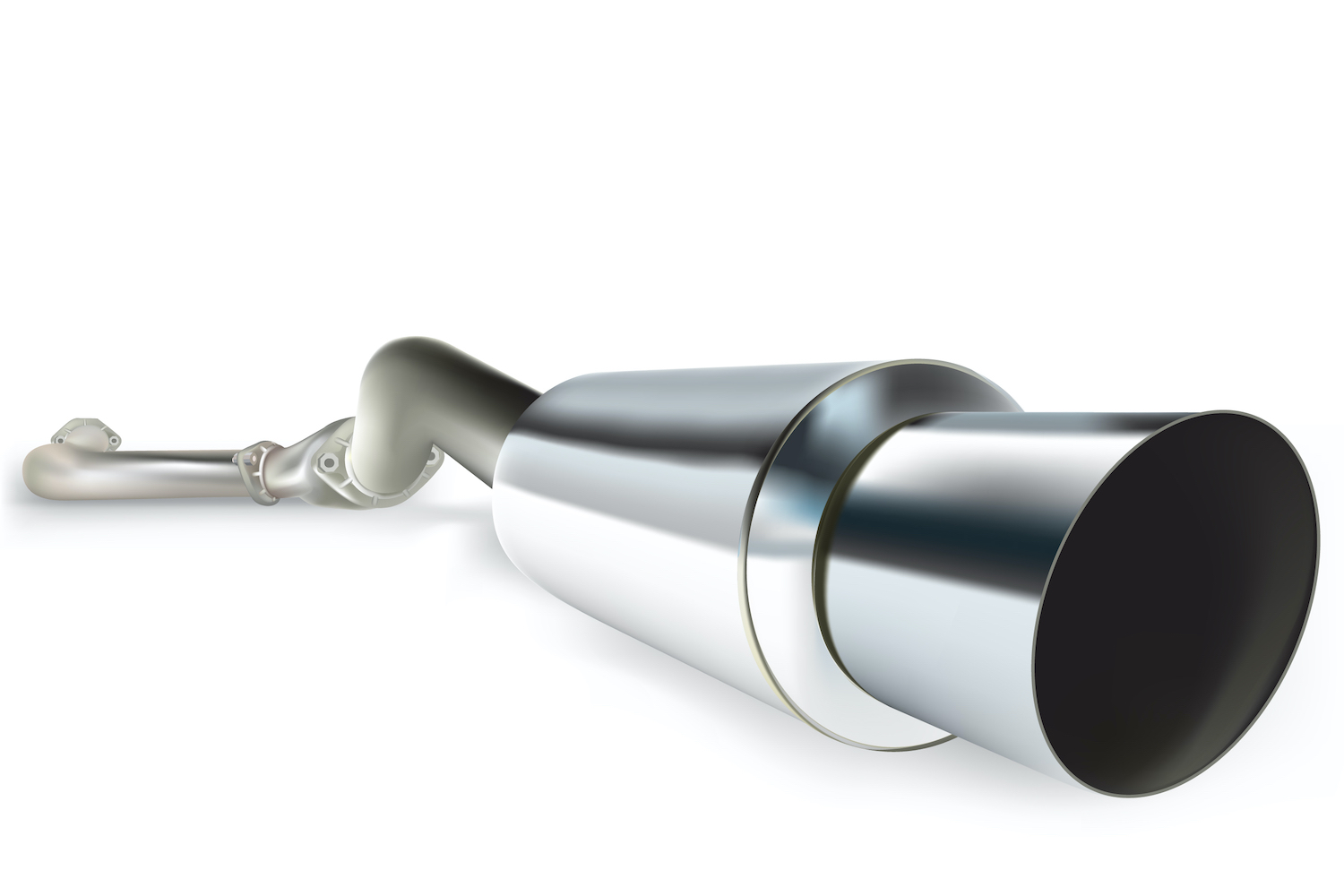
Exhaust Pipe
Various exhaust pipes connect the parts of the exhaust system together.

Starting and Charging System
All of your car’s onboard electronics rely on the starting and charging system. The system includes the following key components:

Starter motor
For the engine to start, it must first be rotated by the starter motor. The starter motor has a pinion gear that meshes with a ring gear on the engine’s flywheel (or flexplate). When the starter spins, the pinion gear turns the flywheel to crank the engine.
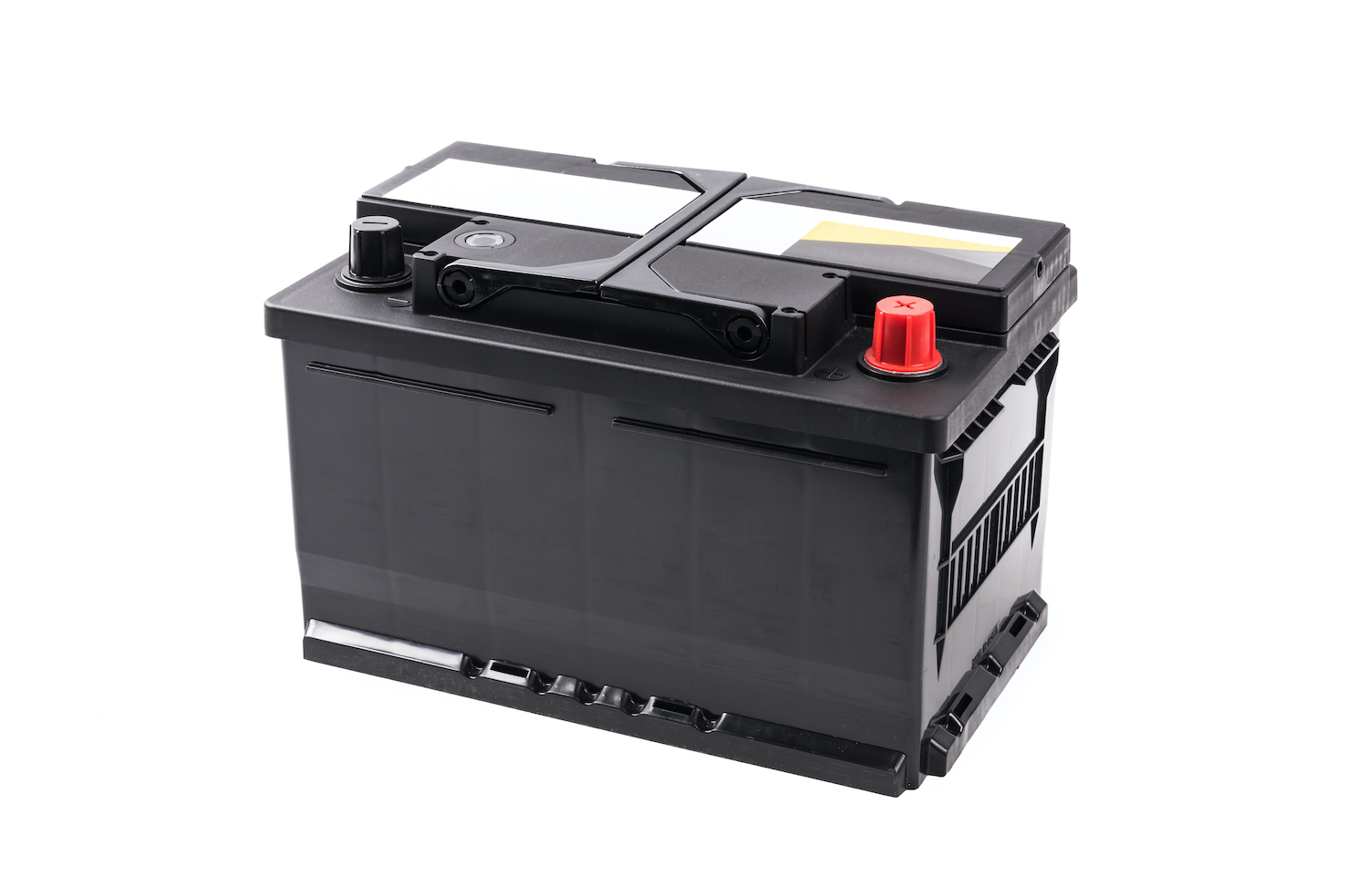
Battery
The battery is an electrical storage device that supplies power to the starter motor. Also, when the engine is off, the battery provides power to your car’s onboard electronics.

Alternator
Whenever the engine is running, the alternator charges the battery and supplies power to your car’s onboard electronics. The alternator is driven off the engine by a belt.
Modules, Sensors, and Switches
Modern vehicles are governed by a wide variety of modules, sensors, and switches. Each type of component has a unique role, as we’ll discuss below.

Modules
Late-model vehicles contain dozens of computers that are referred to as control modules. The modules govern certain systems or components. In most applications, the modules also communicate with one another over a data network.
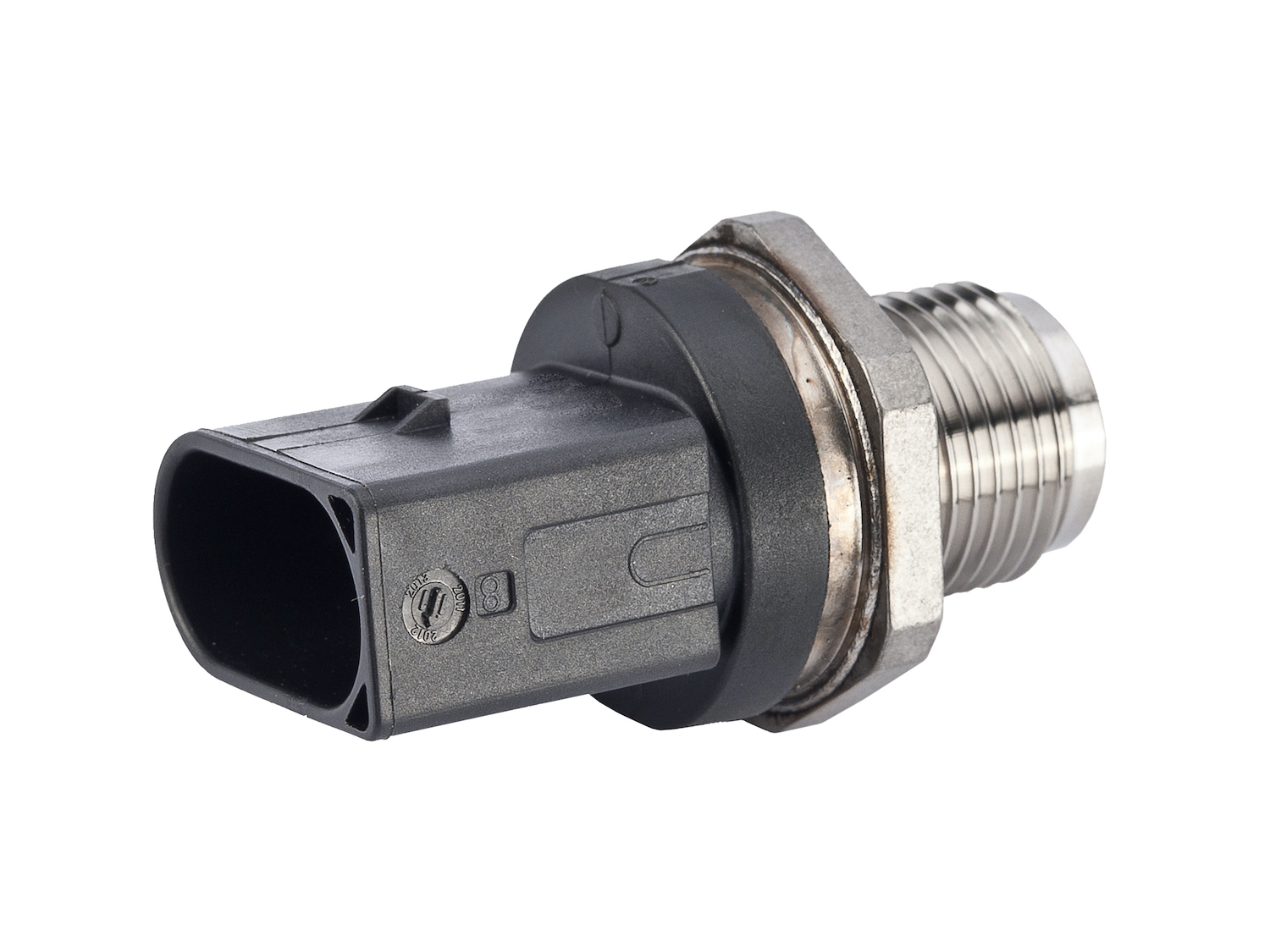
Sensors and switches
Modern cars have a wide variety of sensors and switches that act as inputs to the modules. The modules use the information from the sensors when determining how to control output devices, such as solenoids, motors, and relays.

Fuel Delivery and Air Induction Systems
An internal combustion engine needs the correct amount of air and fuel to run properly. The fuel delivery and air induction systems are responsible for delivering that air and fuel to the engine. The primary components found within these systems include:

Air Filter
The air filter prevents dirt and debris from entering the engine while also promoting airflow. You’ll find the filter located in the air intake, downstream from the engine.

Throttle Body
Modern cars have an electronic throttle body with a built-in actuator that operates the throttle plate. The more the throttle plate opens, the more air enters the engine. Older vehicles use a cable (connected to the accelerator pedal) to operate the throttle plate.

Intake Manifold
The intake manifold contains passages that distribute air to the engine’s individual cylinders. You’ll find the manifold mounted to the cylinder head (s).

Fuel injectors
Modern engines typically have one fuel injector per cylinder. Each injector opens when needed to allow fuel to enter the engine. The fuel combines with air and the mixture is ignited and burned as part of the combustion process. A control module operates the injectors.

Fuel pump
The fuel pump draws fuel from the gas tank and sends that fuel to the injectors.
Ignition system
The ignition system is responsible for igniting the air-fuel mixture inside the engine. Although ignition system designs vary, a typical setup contains these key components:

Spark plugs
Usually, there is one spark plug for each of the engine’s cylinders. Each spark plug receives voltage from an ignition coil. That voltage jumps a gap at the spark plug’s tip, creating an arc that ignites the air-fuel mixture inside the engine.

Ignition coils
Modern vehicles use coil packs or individual ignition coils. Each ignition coil acts as a transformer, converting the low voltage from the battery into the high-voltage needed to fire one of the spark plugs (or two plugs in a waste-spark ignition system).
Emissions Equipment
In 1970, Congress passed the clean air act, giving the environmental protection agency (EPA) the authority to regulate pollution from cars. Automakers responded by fitting vehicles with more emissions equipment.
Today, the primary emissions systems include:
- The evaporative emissions control (EVAP) system
- The exhaust gas recirculation (EGR) system
- The positive crankcase ventilation (PCV) system.
Here are the key components found within the above systems:

EVAP Canister and Purge Valve
The evaporative emission control (EVAP) system prevents harmful fuel vapors from entering the atmosphere. Vapors within the EVAP system are stored inside a charcoal canister.
When conditions are correct, a device called the purge valve opens, allowing fresh air to be drawn across the charcoal inside the canister. As a result, the fuel vapors are released, then pulled into the engine to be burned.

EGR Valve
Excessive combustion temperatures lead to an increase in oxides of nitrogen (NOx) emissions. The EGR system solves this problem by reintroducing a metered amount of exhaust gases back into the engine to be burned. The inert gases lower the combustion temperatures.
All EGR systems use an EGR valve—a device that opens to allow exhaust gases to pass into the engine’s intake manifold.

PCV Valve
The PCV system vents and reroutes engine crankcase vapors to the air induction system so that the vapors can be burned inside the engine. A spring-loaded device, called the PCV valve, is the focal point of the system. When conditions are correct, the PCV valve allows the vapors to leave the crankcase, then route back to the engine.
Transmission and Drivetrain
The drivetrain is a collection of components and assemblies that transfer rotational force from the engine to the drive wheels. These are the parts of the drivetrain that you’ll want to know:

Transmission assembly
Transmissions are major assemblies with many internal components, such as gears and shafts. There are four primary types of transmissions: automatic, manual, continuously variable, and dual-clutch. Each design serves the same purpose: manipulating rotational force from the engine and transferring that force to the rest of the drivetrain.

Differential assembly
The differential assembly allows the inner and outer drive wheels to rotate at different speeds so that the vehicle can corner smoothly. Also, the differential assembly changes the direction of the rotational force from the engine and transfers that force to the drive wheels. Inside the differential, you’ll find a collection of gears and bearings.
On vehicles with a front-wheel drive-biased layout, the differential is integrated into the transmission (also known as a transaxle). Meanwhile, cars with a rear-wheel drive-biased layout have a stand-alone differential.

Axle shafts
Axle shafts are sturdy metal shafts that transfer rotational force from the differential to the drive wheels. Vehicles with a front-wheel drive-biased layout have constant velocity (CV) axle assemblies with joints in the middle.

Transfer case assembly
Four-wheel drive and all-wheel drive vehicles have a transfer case assembly (also known as a power transfer unit in some all-wheel drive applications). The transfer case mounts to the transmission and allows power to be transferred to both the front and rear wheels.

Driveshaft
Vehicles with a rear-wheel drive-biased layout use one or more driveshafts (also known as propeller shafts) to transfer rotational force from the transmission or transfer case to the differential (s).
Brake System
As you probably know, the braking system creates the friction needed to bring your vehicle to a stop. These are the key components found within the brake system:

Master cylinder
The master cylinder transfers force from the brake pedal to the brake fluid, then it forces that fluid throughout the brake system. From there, the fluid acts on the brake calipers and/or wheel cylinders to apply the brakes.

Brake booster
Several decades ago, cars relied solely on the driver’s leg muscles to apply force to the master cylinder. Now, vehicles have either a vacuum-operated or hydraulic brake booster that provides braking assist, reducing the amount of effort the driver needs to exert to apply the brakes.

Brake calipers and wheel cylinders
Brake calipers are used in a disc brake system, whereas wheel cylinders are used in a drum brake system. But both components operate similarly. When the driver presses the brake pedal, pressurized brake fluid forces the brake caliper to squeeze the brake pads against the rotor (or the wheel cylinders to push the brake shoes against the drums).

Brake pads and rotors
Disc brake systems use brake pads and rotors to stop the vehicle. When the driver presses the brake pedal, the brake caliper squeezes the pads against the rotors, creating the friction needed to bring the car to a halt.

Brake shoes and drums
Drum brake systems use brake shoes and drums. When the driver presses the brake pedal, the wheel cylinders force the brake shoes against the brake drums, creating the friction needed to bring the car to a halt.

Brake lines
Brake lines and hoses connect the master cylinder to the rest of the hydraulic brake system.
Steering and Suspension Systems
The steering system transfers input from the steering wheel to the front wheels. As for the suspension system, it soaks up imperfections in the road and supports the weight of the vehicle. Common Steering and suspension components include the following:

Steering gear
There are two primary types of steering gears: steering racks and steering boxes. Both serve the same purpose of transferring input from the steering wheel (and the steering column) to the steering linkage.
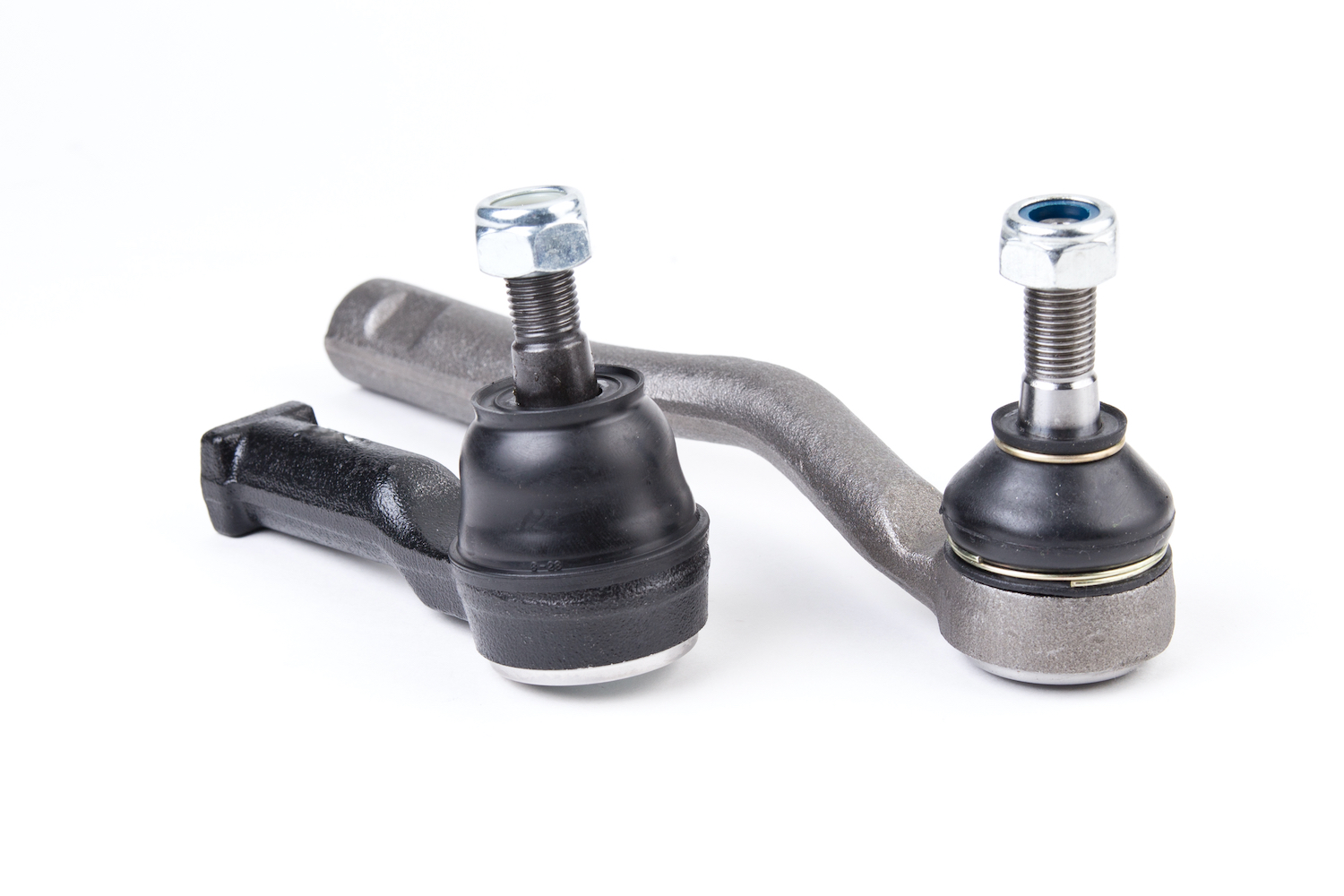
Steering linkage
The steering linkage connects the steering gear to the steering knuckles. In a rack and pinion-style steering system, the linkage consists solely of inner and outer tie rods. On the other hand, systems with a steering gear have additional components, such as an idler arm, a pitman arm, and a drag link.

Steering knuckle
There is a steering knuckle behind each of the car’s front wheels. Each steering knuckle, which is connected to an outer tie rod, serves as a mounting point for a wheel hub. The wheels and tires bolt to the wheel hubs.
When the driver turns the steering wheel, the tie rod pulls or pushes on the steering knuckle, causing the wheels to move in or out.

Control arms and ball joints
Control arms allow the suspension to move up and down when traveling over imperfections in the road. Many vehicles have an upper and lower control arm behind each of the front wheels.
A typical control arm includes a ball joint that connects the control arm to the spindle or steering knuckle. Front ball joints also act as a pivot point for the steering knuckle when the driver turns the car’s front wheels.

Suspension springs
There is a suspension spring at each corner of the car. The springs soak up bumps in the road while also supporting the weight of the vehicle.

Shocks and struts
Although shocks and struts are two different parts, they’re both designed to dampen oscillations from the suspension springs. There is one shock or strut at each corner of the vehicle.

Wheel bearings
There’s a wheel bearing behind each of the car’s wheels. Each bearing allows one of the wheel and tire assemblies to rotate as the vehicle travels down the road.

Power steering pump
While most modern vehicles have electric power steering, many older applications have a hydraulic system that relies on a mechanical pump.
The power steering pump, which is driven off of the engine by a belt, pressurizes the power steering fluid and sends it to the power steering gear. When the pressurized fluid acts on the steering gear, it makes the steering wheel easier to turn for the driver.
Heating and Air Conditioning Parts
Your car’s heating and air conditioning (HVAC) system keeps you warm in the winter and cool in the summer. The air conditioning (A/C) system uses refrigerant, whereas the heating system uses hot engine coolant.
Here are the primary components found within the HVAC system:

Compressor
Most consider the compressor to be the heart of the A/C system. The compressor, which is driven off the engine by a belt, raises the pressure of the vapor A/C refrigerant. Also, the device forces the refrigerant through the rest of the A/C system.

Condenser
Once the refrigerant leaves the compressor, it enters the condenser, where it is transformed from a vapor into a liquid. The condenser is located behind the vehicle’s grille, where it can receive ample airflow.

Orifice tube or expansion valve
The refrigerant enters a restriction—either an orifice tube or an expansion valve—after leaving the condenser. That restriction reduces the pressure of the refrigerant before it gets metered into the evaporator core.

Evaporator core
Low-pressure liquid refrigerant enters the evaporator core. The blower motor then sends warm cabin air across the core to remove heat from the vehicle’s interior.
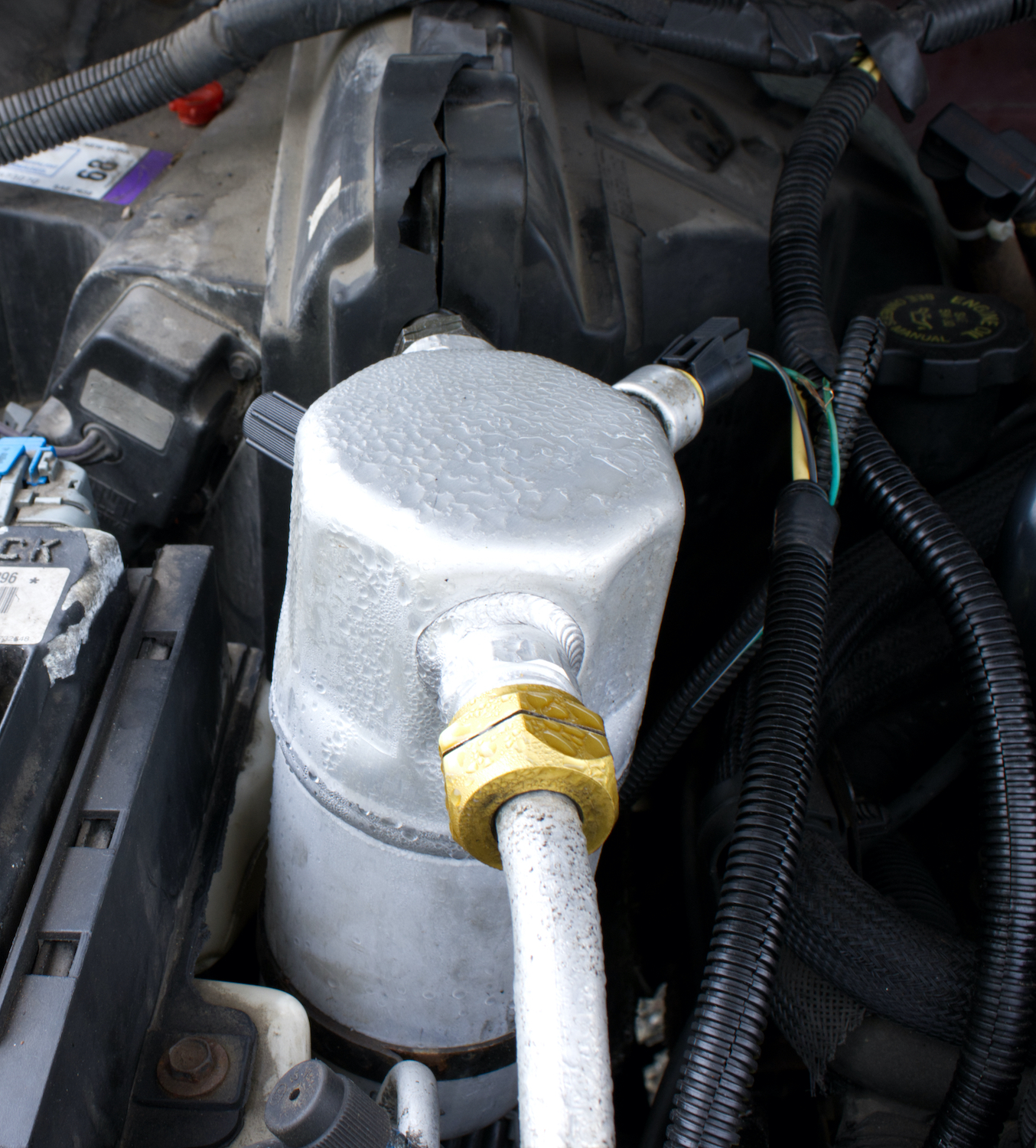
Receiver drier or accumulator
All A/C systems also have a receiver drier or accumulator that stores refrigerant and removes moisture from the system.

Heater core
The heater core is a heat exchanger that transfers heat from the hot engine coolant into the cabin. A blower motor forces air across the heater core to transfer that heat into the vehicle’s interior.

Blower Motor
The blower motor is an electric motor with a fan (sometimes called a squirrel cage) attached. To warm the cabin, the blower motor blows air across the heater core. Meanwhile, to cool the cabin, the blower motor blows air across the evaporator core. A blend door controls the path of airflow from the blower motor.
Any information provided on this Website is for informational purposes only and is not intended to replace consultation with a professional mechanic. The accuracy and timeliness of the information may change from the time of publication.



















